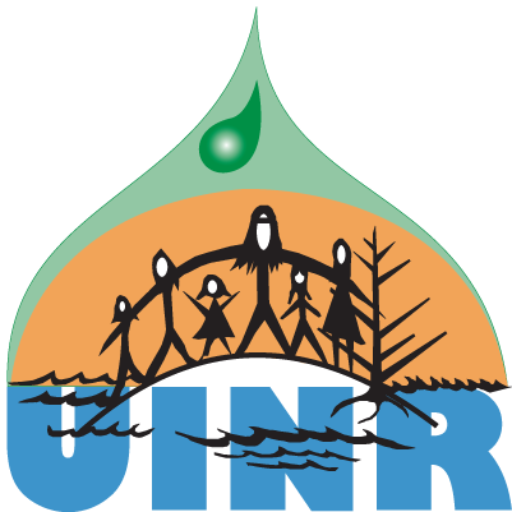In January 2002, an agreement between Stora Enso and the Unama’ki Institute of Natural Resources (UINR) was signed in which outlined provisions for forestry management services to be carried out by UINR on the Cape Breton crown lands. This management includes forest planning, harvesting and silviculture. The two parties also agreed to establish a joint UINR/Stora Enso forest planning committee made up of two individuals from each party. This committee will review and make recommendations to Stora Enso on the long- term forest management plan. This contract gave UINR access to act as a contractor and harvest up to 10% of the annual allowable cut (AAC) on Cape Breton with an added clause for a potential increase in the harvest volume.
The UINR Forestry division is involved in the Species at Risk program. For the last two year we have aided in the live trapping of Lynx in an attempt to radio collar several individuals in an attempt to better understand their movements and habitat requirements. The Lynx is an endangered species in Nova Scotia with one of the last remaining populations inhabiting the Boisdale Hills area. With such close proximity to our communities it was an ideal opportunity for UINR to become involved with the development of a protection plan for one of Cape Breton’s predator species. Another project the forestry division is currently working on is the re-establishment of the Black Ash, a very important tree in Mi’kmaq culture and history. The population of Black Ash in Cape Breton is very small and to UINR’s knowledge limited to less than fifty known and mapped individual trees. Over the last two years there has been several thousand Black Ash seeds collected from known seed sources throughout Nova Scotia. These seeds were then germinated and several hundred distributed to First Nation communities.
